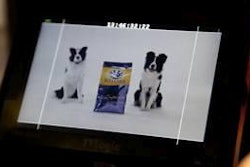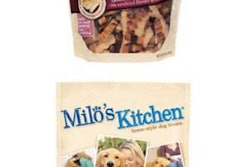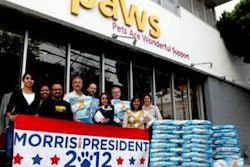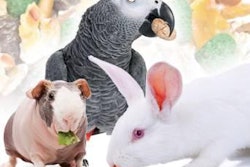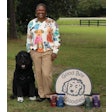When Colgate-Palmolive, parent company of Hill's Pet Nutrition, reported its fourth-quarter 2012 results last week, they included a worrisome sign for Hill's: While sales and profit had both increased for the parent company, Hill's sales declined 1% while operating profit decreased 2%, according to the Wall Street Journal (WSJ).
This, unfortunately, is not a new trend for Hill's, which WSJ writer Serena NG says accounts for nearly US$1 for every US$7 in sales and profit for Colgate-Palmolive. The petfood division has had a long run of "lackluster performance," she writes, because it's on the "wrong side of a shift in consumer taste," especially with its main brand, Science Diet.
That shift is fairly well known to our industry: consumers wanting the same type of ingredients and foods for their pets as they're seeking for themselves and their human family members. That includes products and ingredients perceived as more natural, fresher, locally sourced (or at least transparently sourced) and the like. "The image of lab-engineered nutrition like Hill's has become a liability in an age where the new mark of quality is organic or natural, and the brand has lost market share," Ng writes.
She includes a similar sentiment from Javier Escalante, an analyst with Consumer Edge Research: "People now think of Science Diet as something artificial and not natural."
Hill's response to this market perception and declining performance is to launch a brand new line, Ideal Balance, which will be on store shelves in March and include ingredients such as chicken, salmon, fruits and vegetables with no corn, wheat or soy. The company is also reformulating the Science Diet line to feature meats and natural ingredients and move away from using by-products and other ingredients that consumers (often wrongly) perceive as artificial. (Anyone visiting Global Pet Expo in Orlando February 20-22 will probably see some of these new lines and formulations.)
Only time -- and the market -- will tell if Hill's efforts will be enough. Because that shift in preference for certain types of ingredients and products is not the only change among consumers, especially in developed markets like the US. Other changes are upon us, and they may have an even greater impact on what and how pet owners buy petfood.
In a recent blog, Leslie May, owner of pet consultancy Pawsible Marketing, highlighted trends she believes are harbingers of a "transitional and maturing phase" for the pet industry, including the demand for healthier and organic petfoods and treats, along with species- and lifestyle-specific petfoods. Other trends that might affect petfood include:
- A shift among core pet product purchasers from from Baby Boomers to younger, more tech-savvy Gen Xers and Millenials
- These younger pet owners are active on social media, have less brand loyalty and are looking to companies to invite them into the development phase of products or services through social media interaction
- A flattening in US pet ownership as Boomers age and forgo replacing pets when they die
- Businesses outside the pet industry increasingly entering with their own pet offerings
- More eco-friendly products and services
- In the US, a rising demand for products "Made in the USA"
- An increase in complete wellness centers for pets, part of a greater holistic approach to pet wellness (likely including food)
- Pet retailers building a strong online presence to go with their brick-and-mortar operations, in an effort to compete with growing online sales of petfoods and other pet products
- Again in the US, pet product manufacturers turning to growing overseas markets, especially China, Japan, India, Brazil and Russia
None of these are particularly new or surprising; and in fact, many petfood manufacturers are already dealing with or even embracing some of these trends. But with all of them coming at once, I tend to agree with May that we may be seeing a sea change in the pet industry, including for petfood. While that may make some people anxious, remember that great change often brings great opportunity, too.



